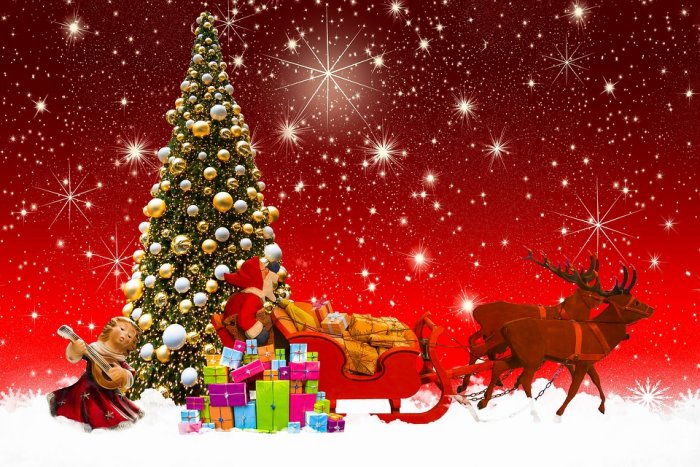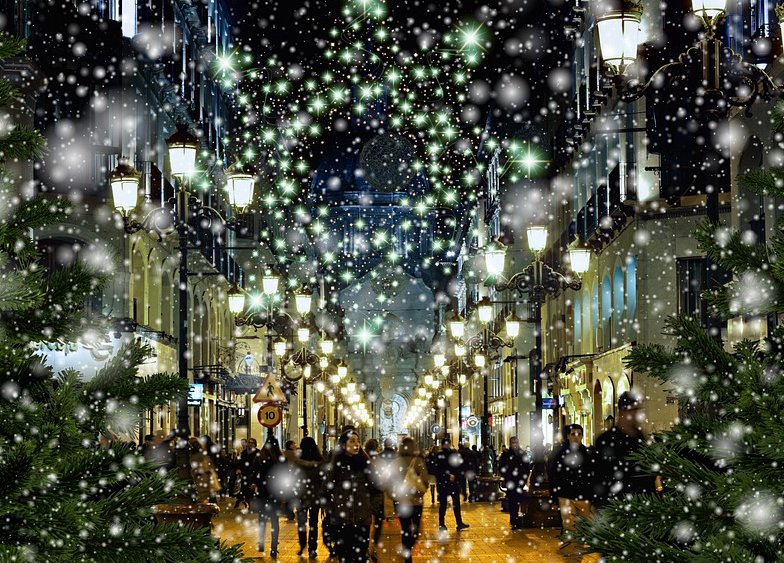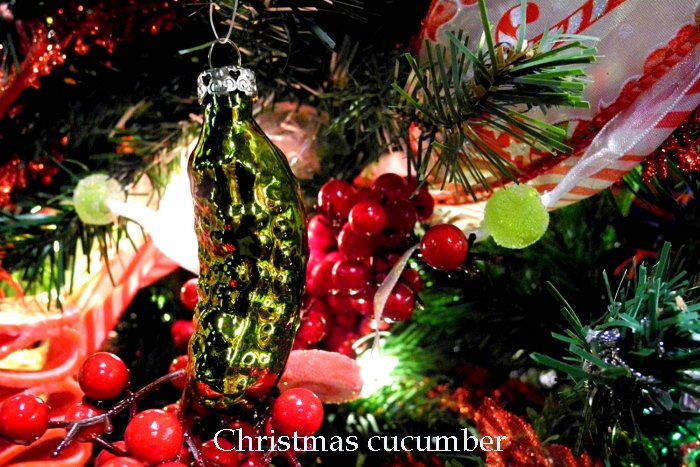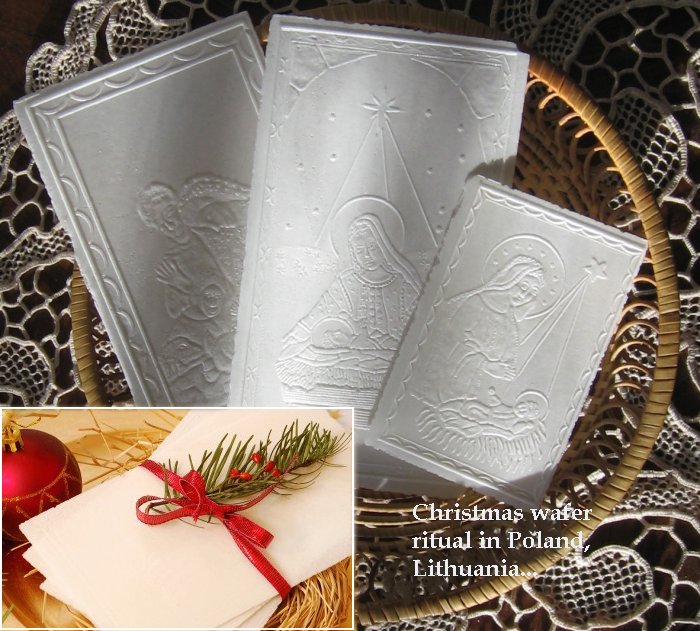Christmas – One Of Most Celebrated Holidays In Christian Calendar
A. Sutherland - AncientPages.com - Christmas is one of the greatest celebrations in the Christian calendar. We dress Christmas tree, eat and surprise each other with gifts. For many of us it is a very special time since we celebrate the birth of Jesus Christ.
During this period most towns, villages, and large cities are decorated with Christmas lights.
Santa Claus And His White Beard
Santa Claus comes to children in most European countries. According to folklore, he is an older man with a white beard and usually a big belly. Known under many names such as Saint Nicholas, Kris Kringle, Father Christmas, or Santa, he has a distinctive red outfit and according to different legends, he distributes gifts during Christmas.
Santa Claus reaches out to children around the world because he travels in the magical sledge pulled by flying reindeers. It is his main form of transportation, which helps him to reach many children around the world. But was Santa a real man?
Christmas Time Around The World
The oldest references to Santa Claus, originate from the historical Saint Nicholas of Myra (70 – 343 AD), an early Christian bishop of the ancient Greek city of Myra (Lycia) in Asia Minor (modern-day Demre, Turkey) during the time of the Roman Empire. The good-hearted St. Nicholaus was famous for his habit of secret gift-giving and helping people in need.
In UK, Santa Claus leaves gifts for children, in stockings, usually hung up by the fire or by the children's beds on Christmas Eve
According to tradition, in return, Santa gets sometimes a glass of alcohol and carrots for the reindeers.
Santa is welcomed by children in countries like Belgium, Germany, Poland, France, Portugal and many more, but in Ukraine, for instance, children get their gifts from either Svyatyy Mykolay or Grandfather Frost who also visits the Russian children.
Since a majority of Ukrainians are Eastern Orthodox, most of the country celebrates Christmas Day on January 7 in accordance with the Orthodox religious calendar.
In Norway, the gifts are sometimes brought by 'Julenissen' (Norwegian Santa Claus) or by the small gnomes called 'Nisse'. In Spain, there is somewhat different tradition. Children get some presents on Christmas Day, but most of them are opened at Epiphany. Children believe that the Kings bring presents to them at Epiphany, the Twelfth Night of Christmas.
They write letters to the Kings asking for toys and presents. And on Epiphany Eve (January 5th) they leave shoes on windowsills or balconies or under the Christmas Tree to be filled with presents. Gifts are often left by children for the Kings, a glass of cognac for each King, a satsuma fruit and some walnuts. Sometimes a bucket of water is left for the camels that bring the Kings. It happens that for the naughty children, the Kings leave only pieces of coal made out of sugar.
La Befana, a good broomstick riding witch, is In charge of gifts, in Italy, where children eagerly count the days to the coming of her on Epiphany, the Twelfth Night of Christmas. La Befana has been an Italian Christmas tradition at least since the eighth century is celebrated every year on January 6.
Christmas Tree And Cucumber
History of Christmas trees dates back to 18th-century Germany, later Christmas tree also appears in other European countries.
According to the German tradition, Christmas tree in are often decorated with … cucumbers, hidden in the branches of Christmas tree, and other cucumber-like Christmas decorations. This decoration has a special meaning; a child, who first finds it, gets an additional gift and will have good luck for the following year.
Real red apples were once used to decorate Christmas trees in France, but one year, there was very bad harvest and people decided to use glass decoration instead. Pretty spiders and their web are a traditional and original decoration on the Ukrainian tree.
According to legend, there was a poor family who couldn’t afford to decorate their Christmas tree. A Christmas spider decorated the tree with spider webs that mysteriously changed to gold and silver on Christmas morning and these people were never poor again, and so this tradition continues.
One beautiful tradition comes from the US, were people still until today decorate their indoor trees adorn with strings of popcorn draped across the tree’s branches, and outdoor Christmas trees are decorated with food for birds and other wildlife.
Meals On Christmas Table Vary Much
In Belgium, France, Brazil, in the Canadian provinces of Quebec, Ontario and other French-speaking regions, is a long dinner - a réveillon, held on the evenings preceding Christmas Day and New Year's Day. It includes lobster, oysters, escargots or foie gras (made of the liver of a duck or goose). One traditional dish is turkey with chestnuts and for dessert, a chocolate sponge cake log called a bûche de Noël is eaten.
In Poland, on the traditional Christmas Eve dinner table, you will find 12 dishes that include red borsch with dumplings with cabbage and mushrooms, a traditional vegetable salad and fish, etc. They symbolize the number of months in the year.
Before, partaking of the Christmas Eve meal, the family gathers around the table, the eldest member holds a large wafer and breaks off a piece to begin the ritual (ritual, celebrated in Poland, Lithuania and in some parts of Slovakia).
See also:
Yule Goat Is A Scandinavian Christmas Tradition Based On Norse Legends And Worship Of God Thor
Ancient Tradition And True Meaning Of Candy Canes
The remaining wafer is passed on to another member while a prayer for loved ones is said. This continues until everyone at the table has a piece of the wafer.
The French first go to mass in the Church, and then sit for the common dinner called Le Réveillon, a long dinner, and possibly party, held on the evenings preceding Christmas Day and New Year's Day. The Danish eat roast pork with crackling, turkey, or goose stuffed with dried plums and apples and served with potatoes, red cabbage.
Their dessert is Risalamande (rice pudding served with cherry- or strawberry sauce) often with a whole almond hidden inside. The lucky finder of the almond is entitled to an extra present, the almond gift.
A Yule log is a traditional dessert served near Christmas, especially in Belgium, France, Switzerland, Quebec, Lebanon and several former French colonies, as well as the United Kingdom. Made of sponge cake to resemble a miniature actual Yule log, it is a form of sweet roulade.
These are just some of the customs and dishes traditionally eaten at Christmas. However, as the proverb says: "Every country has its customs”. Therefore, Christmas tradition varies by country, its culture and tradition.
Written by – A. Sutherland - AncientPages.com Senior Staff Writer
Copyright © AncientPages.com All rights reserved. This material may not be published, broadcast, rewritten or redistributed in whole or part without the express written permission of AncientPages.com
More From Ancient Pages
-
 Burial Practices In Unified Cultures Of Early Medieval Europe
Archaeology | Jan 22, 2021
Burial Practices In Unified Cultures Of Early Medieval Europe
Archaeology | Jan 22, 2021 -
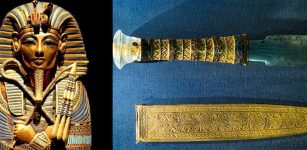 Tutankhamun Had An Ancient Dagger From Outer Space
Archaeology | Jun 1, 2016
Tutankhamun Had An Ancient Dagger From Outer Space
Archaeology | Jun 1, 2016 -
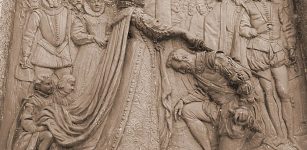 On This Day In History: Francis Drake Was Knighted After He Completed A Circumnavigation Of The World – On Apr 4, 1581
News | Apr 4, 2016
On This Day In History: Francis Drake Was Knighted After He Completed A Circumnavigation Of The World – On Apr 4, 1581
News | Apr 4, 2016 -
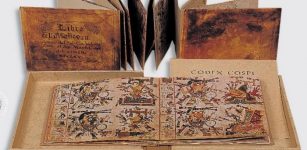 Unique Codex Cospi: Pre-Columbian Manuscript Will Soon Reveal Some Of Its Secrets
News | Oct 29, 2020
Unique Codex Cospi: Pre-Columbian Manuscript Will Soon Reveal Some Of Its Secrets
News | Oct 29, 2020 -
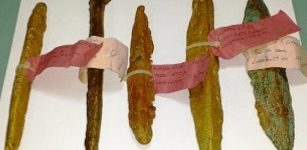 Legendary ‘Orichalcum Metal’ Related To Atlantis Found In 2,600-Year-Old Shipwreck
Archaeology | Mar 3, 2017
Legendary ‘Orichalcum Metal’ Related To Atlantis Found In 2,600-Year-Old Shipwreck
Archaeology | Mar 3, 2017 -
 Lost World Of Doggerland: Parts Of Britain’s Sunken Stone Age Atlantis Discovered
Archaeology | Jul 4, 2012
Lost World Of Doggerland: Parts Of Britain’s Sunken Stone Age Atlantis Discovered
Archaeology | Jul 4, 2012 -
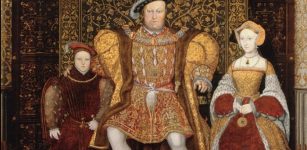 On This Day In History: Henry VIII Ascended The Throne Of England – On Apr 22, 1509
News | Apr 22, 2016
On This Day In History: Henry VIII Ascended The Throne Of England – On Apr 22, 1509
News | Apr 22, 2016 -
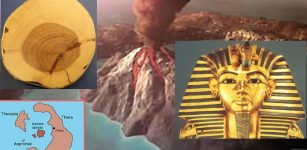 Radiocarbon Dating Method Needs Adjustments – Researchers Say
Archaeology | Apr 1, 2020
Radiocarbon Dating Method Needs Adjustments – Researchers Say
Archaeology | Apr 1, 2020 -
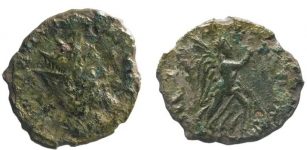 Extremely Rare Ancient Coin Of Short-Lived Roman Ruler Laelianus Discovered
Archaeology | Jun 25, 2019
Extremely Rare Ancient Coin Of Short-Lived Roman Ruler Laelianus Discovered
Archaeology | Jun 25, 2019 -
 Tyrfing And Gram: Two Magical Swords And Hervor’s Death In Norse Mythology
Featured Stories | Apr 23, 2016
Tyrfing And Gram: Two Magical Swords And Hervor’s Death In Norse Mythology
Featured Stories | Apr 23, 2016 -
 Corsica: ‘The Island Of Statue-Menhirs’ – Where Humans Lived At Least 7,000 BC
Featured Stories | Feb 28, 2024
Corsica: ‘The Island Of Statue-Menhirs’ – Where Humans Lived At Least 7,000 BC
Featured Stories | Feb 28, 2024 -
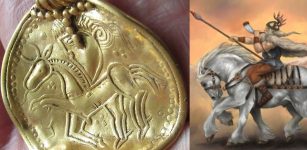 Discovered Gold Pendant Of Odin And His Horse Sleipnir Might Be Linked To The Heruli Tribe
Archaeology | Apr 16, 2016
Discovered Gold Pendant Of Odin And His Horse Sleipnir Might Be Linked To The Heruli Tribe
Archaeology | Apr 16, 2016 -
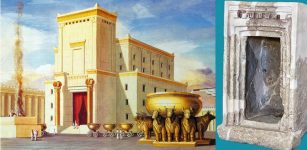 Mysterious Doorways In King Solomon’s Temple Leading To The Inner Shrine
Biblical Mysteries | Nov 30, 2017
Mysterious Doorways In King Solomon’s Temple Leading To The Inner Shrine
Biblical Mysteries | Nov 30, 2017 -
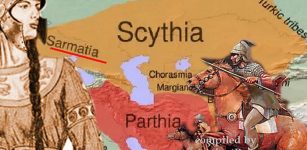 Amage: Sarmatian Warrior Queen/Regent Who Impressed With Remarkable Military Skills
Featured Stories | May 23, 2023
Amage: Sarmatian Warrior Queen/Regent Who Impressed With Remarkable Military Skills
Featured Stories | May 23, 2023 -
 Rare Viking Artifacts Hidden Beneath The Ice Discovered By Archaeologists In Norway
Archaeology | Feb 6, 2021
Rare Viking Artifacts Hidden Beneath The Ice Discovered By Archaeologists In Norway
Archaeology | Feb 6, 2021 -
 Heyoka – Sacred Clown Who By Doing The Opposite Helps And Guides In Daily Life
Featured Stories | Feb 7, 2019
Heyoka – Sacred Clown Who By Doing The Opposite Helps And Guides In Daily Life
Featured Stories | Feb 7, 2019 -
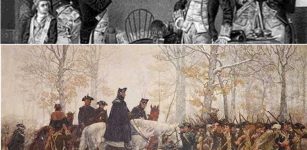 On This Day In History: American General Benedict Arnold Commits Treason – On Sep 21, 1780
News | Sep 21, 2015
On This Day In History: American General Benedict Arnold Commits Treason – On Sep 21, 1780
News | Sep 21, 2015 -
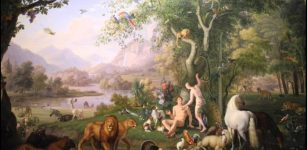 Garden Of Eden And Its Four Rivers – Possible Locations Of Biblical Paradise Suggested By Archaeologists, Historians And Biblical Scholars
Biblical Mysteries | May 29, 2017
Garden Of Eden And Its Four Rivers – Possible Locations Of Biblical Paradise Suggested By Archaeologists, Historians And Biblical Scholars
Biblical Mysteries | May 29, 2017 -
 Princess Mkabayi KaJama: Condemned And Hated Zulu Kingmaker Who Died A Lonely Woman
Featured Stories | Mar 20, 2019
Princess Mkabayi KaJama: Condemned And Hated Zulu Kingmaker Who Died A Lonely Woman
Featured Stories | Mar 20, 2019 -
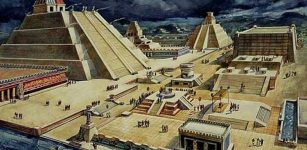 Rise And Fall Of City-States In Ancient Mexico And Peru Influenced By Climate Change
Archaeology | Oct 19, 2015
Rise And Fall Of City-States In Ancient Mexico And Peru Influenced By Climate Change
Archaeology | Oct 19, 2015

